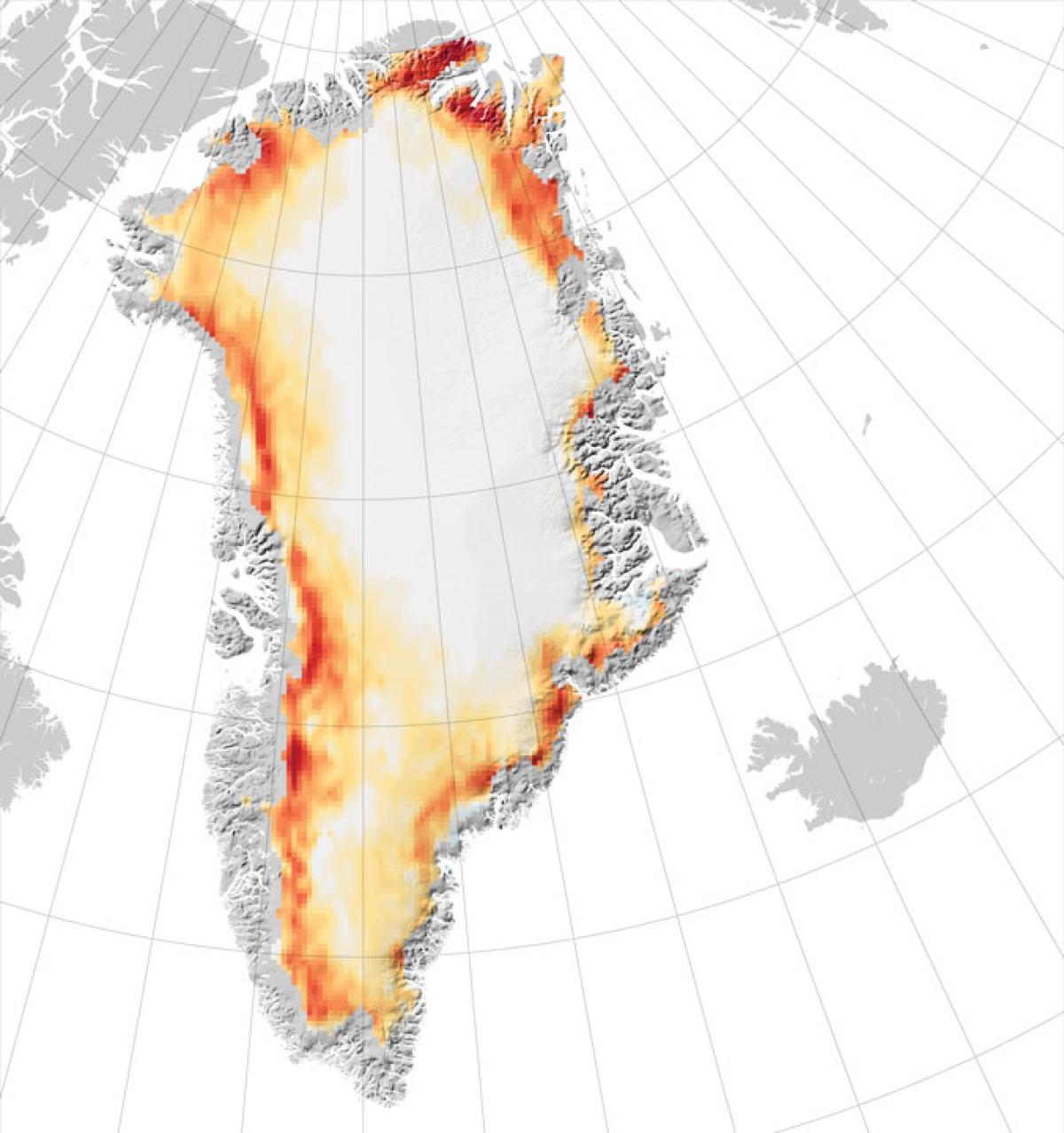While climate change and sea-level rise are book-length subjects, this column will attempt to highlight major aspects of the problem. The World Ocean has an area of about 139 million square miles. Over the past century it has added a few hundred square miles. The reason? Sea-level rise caused by global warming.
From 2000 to 2100 the estimated rise will be 7.5 feet. Is this a good number? Maybe it’s too small. As computer models have improved they show that the rise has been consistently underestimated.
Shore-support activities for ships and shipping are sited close to sea level. With sea-level rise, shore infrastructure will become inundated. For the Navy, this represents a massive, multibillion-dollar investment problem to upgrade and/or replace facilities. And that future is not far away.
Best estimates of change come from the UN’s Intergovernmental Panel on Climate Change (IPCC). Thousands of scientists contribute to its work, and its findings are widely respected as credible. The panel has been issuing global-warming reports every five years since 1988; the fifth was just issued.
While the findings have had some flaws, with each report accuracy improves. Despite skepticism in some sectors, the bottom line is that sea level is rising due to global warming, and that warming is largely because of mankind’s discharges of carbon dioxide into the atmosphere.
The most troubling problem with the IPCC estimates is that in recent years the experts have significantly been too low in estimating the changes because rates of change are accelerating.
As the sea is heated by a warming atmosphere, water expands and sea level rises. This was the primary cause in the past, but this effect is being overtaken by water runoff from melting land-bound ice. About 99 percent of the ice on earth is concentrated in two locations: the Antarctic (87 percent) and Greenland (12 percent). In theory, if all this ice melted the sea level would rise about 212 feet. In reality, today the losses from the Antarctic are moderate, and only Greenland seems to be a near-term contributor to sea-level rise. When all its ice melts, sea level will increase by about 25 feet.
In the past few years, huge ice shelves in the West Antarctic have broken free. Since they are floating on the sea, melting does not contribute to rising sea levels. However, their disappearance can eventually result in land-bound ice “calving” into the sea at an accelerated rate. The shelves acted as bumpers to reduce ice flow across coastlines. With this pushback gone, the rate of ice added to the sea is increasing. How much and how fast are being closely studied by glaciologists. This is a relatively new phenomenon.
There has always been seasonal ice-melting in the polar regions. But the loss was balanced by replenishment in the winter months. This is no longer the case.
Sea-level increase over the past 100 years has not been great by human standards of measurement. It’s been about 7.5 inches, though the rate of increase has greatly accelerated in the past three decades.
Even with this seemingly small rise come extremely serious consequences. For example, the nations of the Maldives in the Indian Ocean and Kiribati in the Pacific probably will be inundated by the middle of this century. Imagine: For the first time in mankind’s history the population of an entire nation has to move somewhere else. Questions of when, how, and where are politically and logistically formidable.
With eight out of ten major cities in the world being on or near coasts, the near-term (by the end of this century) consequences of sea-level rise are almost unimaginable. It will mean trillions of dollars worth of relocation of coastal infrastructure and communities. Consider the very real problem at the port of Hong Kong. A rise of only 16 inches puts $140 billion worth of infrastructure at risk.
What can be done about sea-level rise? In truth, not much. The underlying natural warming and cooling cycle appears to be about 100,000 years. On top of this natural cycle is the component resulting from human activities, primarily the burning of fossil fuels that create greenhouse gases. This greenhouse effect accelerates heating of the earth’s atmosphere and it warms the World Ocean. The rate of warming can only be slowed by reducing CO2 injected into the Earth’s atmosphere. But this is not being done at present.
Physical obstructions such as seawalls, dikes, and mechanical barriers can be constructed. But they are short-term solutions, and they eventually cannot hold back the rising World Ocean. So if you want to live in disappearing South Florida, buy a condominium well above the ground floor. . . .



